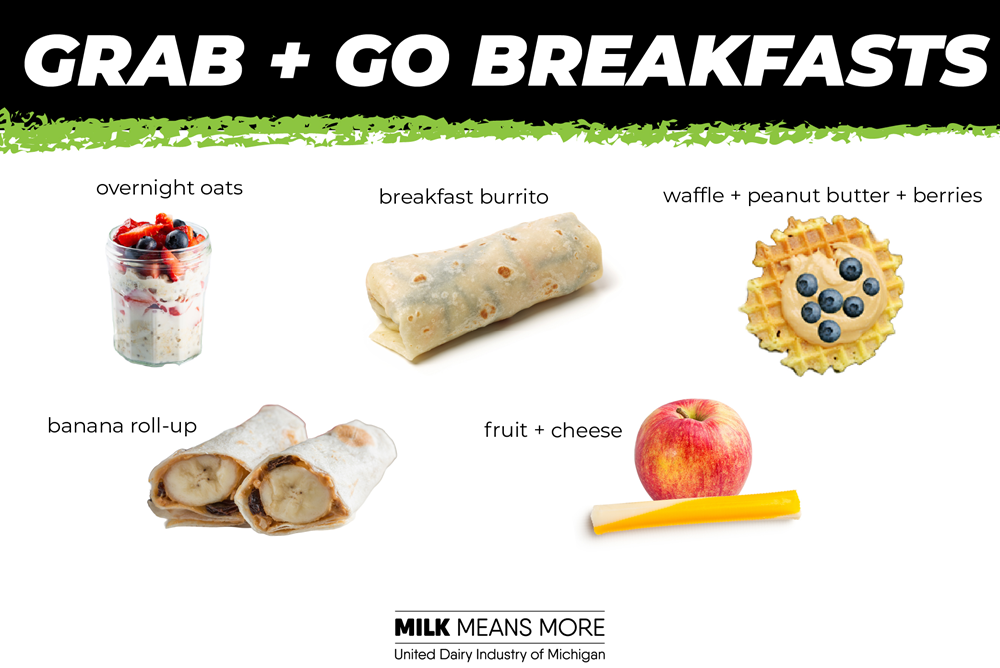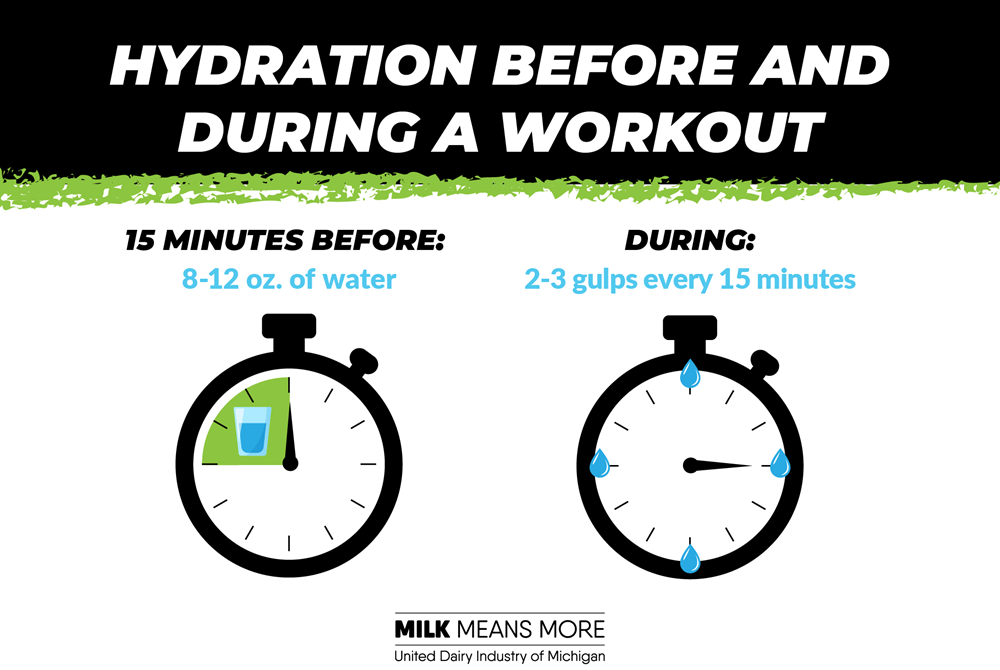
Coach's Guide to Nutrition: Breakfast
August 13, 2024
Skipping breakfast may be impacting student-athletes at practice and in games. Encourage them to plan ahead – grab something on the way out the door or a breakfast at school.
 It doesn’t have to be fancy, but fueling early in the day CAN make a big impact. Remember carbs + protein + color. Breakfast will also help your student-athletes focus during those morning classes.
It doesn’t have to be fancy, but fueling early in the day CAN make a big impact. Remember carbs + protein + color. Breakfast will also help your student-athletes focus during those morning classes.
Breakfast is the first opportunity to refuel since the evening before – your tank is running on empty! A small breakfast at home, on the way to school or between first and second periods will start to refuel your muscles and brain.
What to eat and when to eat it: Whole grain English muffin with scrambled egg, cheese and spinach. Add an apple and milk on the side for breakfast on the go.
Information above is excerpted from UDIM’s A Coach’s Guide to Nutrition.

Coach's Guide to Nutrition: Hydration
June 10, 2024
Stay hydrated during exercise. Encourage athletes to take at least 2-3 sips (2-3 ounces) of water every 15 minutes.
 Exercising for more than an hour? Sports drinks can help replace fluid, carbs and electrolytes.
Exercising for more than an hour? Sports drinks can help replace fluid, carbs and electrolytes.
Some athletes do not feel thirsty while they are active, so regular water breaks are important. As always, if they feel thirsty, let them grab a drink. If they feel dizzy, confused or nauseated, they should STOP and tell a coach or teammate. This may indicate they are dangerously dehydrated. Access to water should NEVER be used as a punishment.
Athletes should also look for these symptoms in teammates and remind them to hydrate when necessary. For a more individualized recommendation or for athletes with a cramping history, refer them to a Registered Dietician Nutritionist (RDN).
Dehydration Warning Signs:
- Cramping
- Nausea
- Dizziness
- Confusion
Information above is excerpted from UDIM’s A Coach’s Guide to Nutrition.

